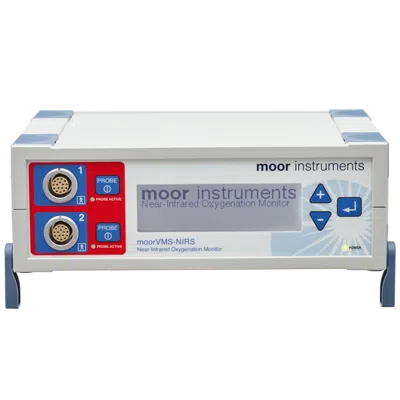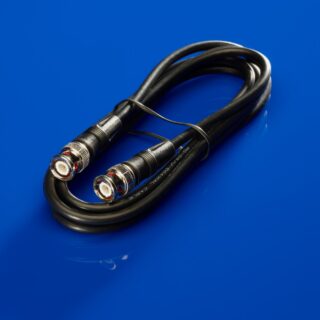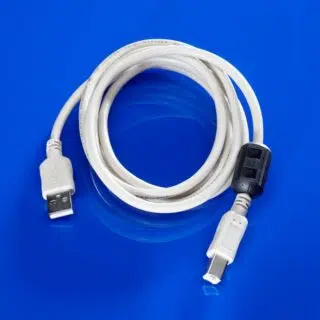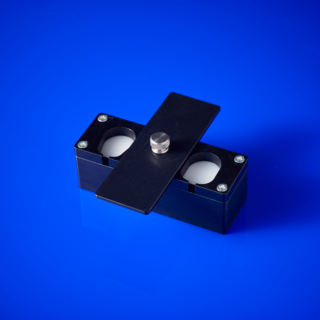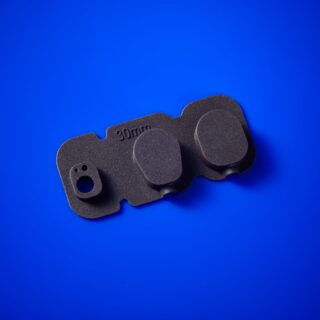Q. How is moorVMS-NIRS tissue oxygen saturation different from other measures of oxygenation (SpO2, VLS, tcpO2)?
A. The moorVMS-NIRS tissue oxygen measurement using near-infrared spectroscopy (NIRS) is also a measure of the local haemoglobin saturation at the measurement site. The difference lies in the light source, wavelength range (visible region or near infrared region) and algorithms for the derivation of the tissue oxygen saturation. NIRS has been primarily developed to monitor deeper tissues such as muscle and brain while moorVMS-OXY, based on the visible light spectroscopy (VLS) measures oxygen saturation in the superficial layer of the tissue. Both moorVMS-NIRS and moorVMS-OXY are sensitive to the microcirculation, i.e. measure within the smaller blood vessels rather than arteries or larger veins.
VLS:
VLS is a measure of the percent haemoglobin oxygen saturation in the capillaries and venous area of the tissue microcirculation and therefore reflects changes in the local conditions of supply and consumption in the tissue. Tissue oxygen saturation is generally lower than arterial oxygen saturation (SaO2) and pulse oximetry saturation (SpO2), and is more close to venous oxygen saturation (SvO2).
SpO2:
SpO2 is measured with a pulse oximeter, is the most widely used measure of haemoglobin oxygen saturation. The primary difference is that SpO2 relies on the difference in path length during the pulse cycle to calculate oxygen saturation so that it only measures arterial oxygen saturation. This gives a good indication of lung and heart function, but it gives no information about tissue oxygenation and oxygen uptake by organs as SO2, measured with moorVMS-NIRS. In addition, because a pulse oximeter is dependent on detecting the pulse of haemoglobin in the artery, SpO2 requires a pulsatile flow while SO2 readings do not.
tcpO2:
tcpO2 is transcutaneous measurement of the oxygen partial pressure. It uses an electrode to heat the underlying tissue to create a local hyperaemia. This means that the transcutaneous measurement values represent the maximum capacity of the vascular bed and tissue to deliver oxygen and transport carbon dioxide away. Therefore, tcpO2 value is close to arterial oxygen saturation and is not a measure of tissue oxygen saturation at normal condition as measured by moorVMS-NIRS. The tcpO2 method requires heating the skin tissue to 40°C or higher in order to make a measurement, so it takes several minutes to have the first reading and is not suitable for long-term monitoring. In comparison, moorVMS-NIRS is a non-invasive, much quick and convenient method for tissue oxygenation measurement. Also, due to the relative large electrode size, tcpO2 cannot be used for measuring oxygen of the internal tissue and in combination with laser Doppler monitor for blood flow measurement at the same site.
